There are worse dilemmas to have, but compared to our previous comparison tests this feels – to me, anyway – like the twin-test with the toughest choice to make.
Spending money on a supercar is not about practicality or running costs or lengths of warranty. A supercar is a pure luxury good. A supercar has to fill you with want, purely and simply.
If multiple-cylinder donkeys and smoking tyres and noise and drama fail to float your boat, all is lost. You don’t need a supercar. There’s a decent chance that you’ll buy a boat instead.
Both of these cars have given our boats buoyancy in the past. McLaren’s MP4-12C is the used car here although, in many respects, it is actually the newer design. It made its debut with its carbonfibre tub and 3.8-litre twin-turbocharged V8 engine – both of which form the basic underpinnings of McLaren’s P1 and its 12C GT3 car – in 2011. And things didn’t finish there.
This is an early car, hence the ‘MP4-12C’ written on its floor mats rather than just ‘12C’, and why it has fallen from its £168,000 original asking price into the same bracket as this new Aston Martin V12 Vantage S.
But the MP4-12C bears upgrades from the point in 2012 when the ‘MP4-’ part of the name was dropped and the car became simply the 12C, so it benefits from an increase in power from 592bhp to 616bhp, recalibrated engine management and other software upgrades.
That’s not all. This year, when McLaren launched the 650S and opted to drop the 12C, the 3000 cars that it had built to that point were eligible for another round of upgrades, giving them the latest version of the Android-based multimedia and navigation system, and making adjustments to the way that the active aerodynamics work – the airbrake pops up over crests to improve stability, and drops further again in a straight line to cut drag, for example.
McLaren has moved at the speed of a racing team with some of its upgrades and product roll-outs, but it has clearly learnt quite a lot about good old-fashioned customer service at the same time. It looks after buyers of cars who might otherwise have thought they had been forgotten and neglected.
We’ve become accustomed to software and app upgrades. Why not automotive ones?
The Aston, although the new car here, feels older of school by comparison. Its design appeared in 2005 and, although it has been heavily revised since (early cars and this one are leagues apart from each other), the basics feel the same.

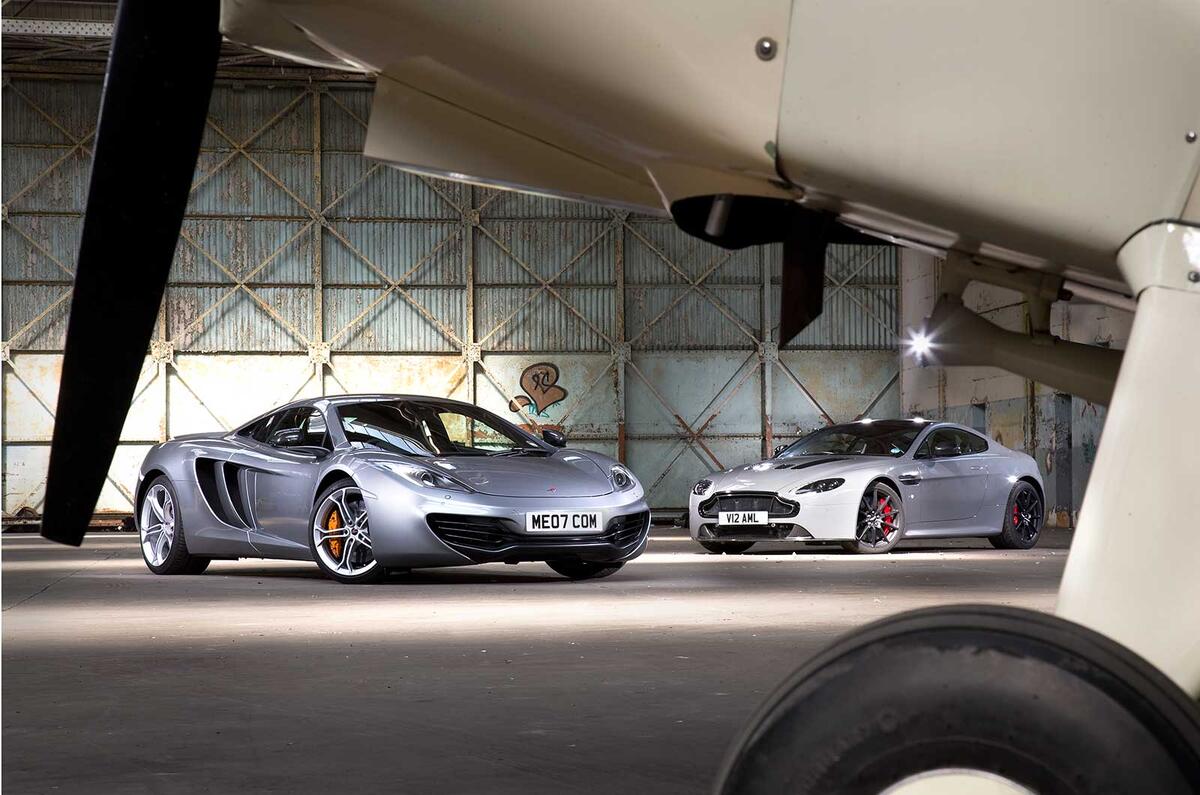
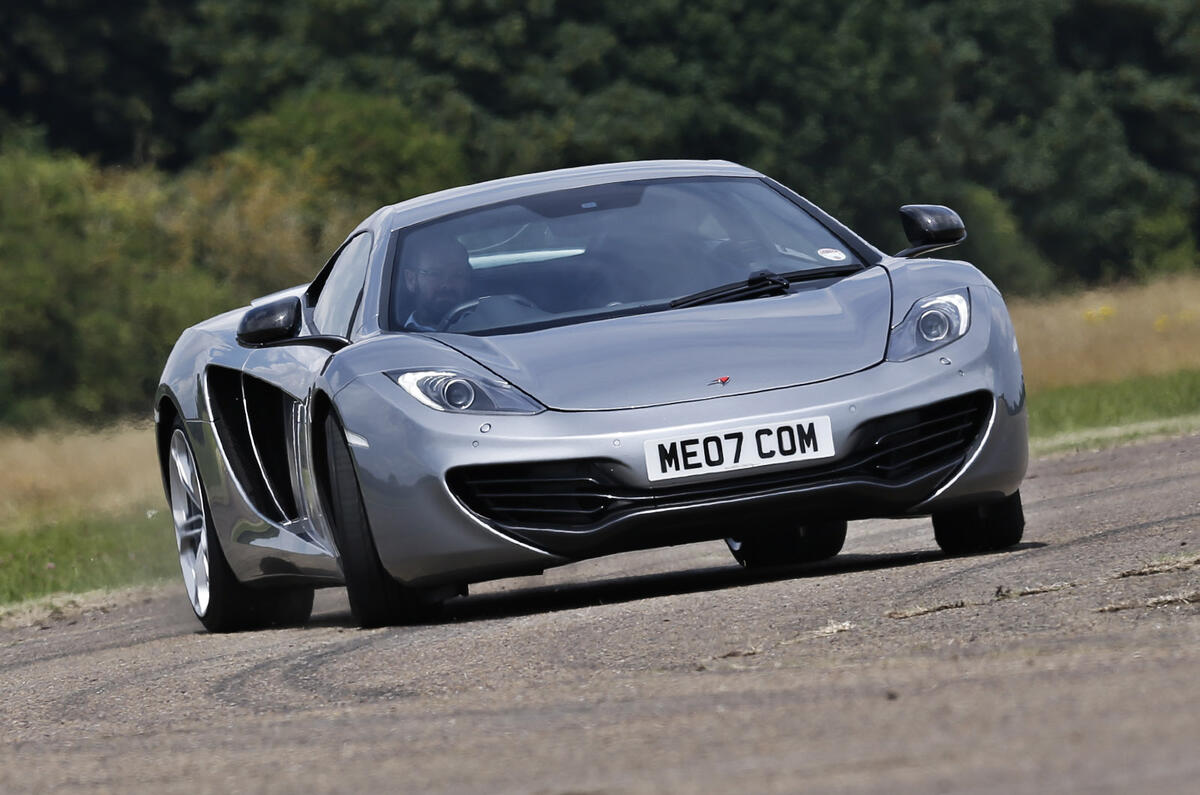
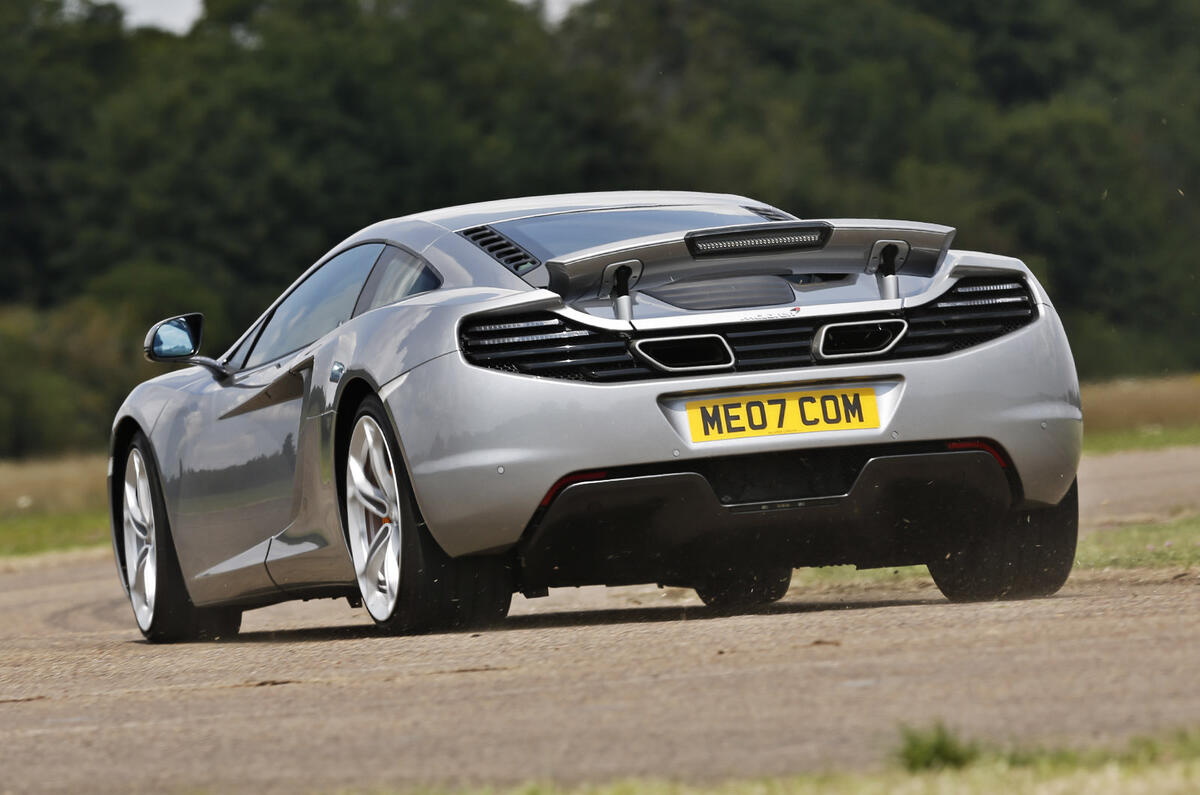
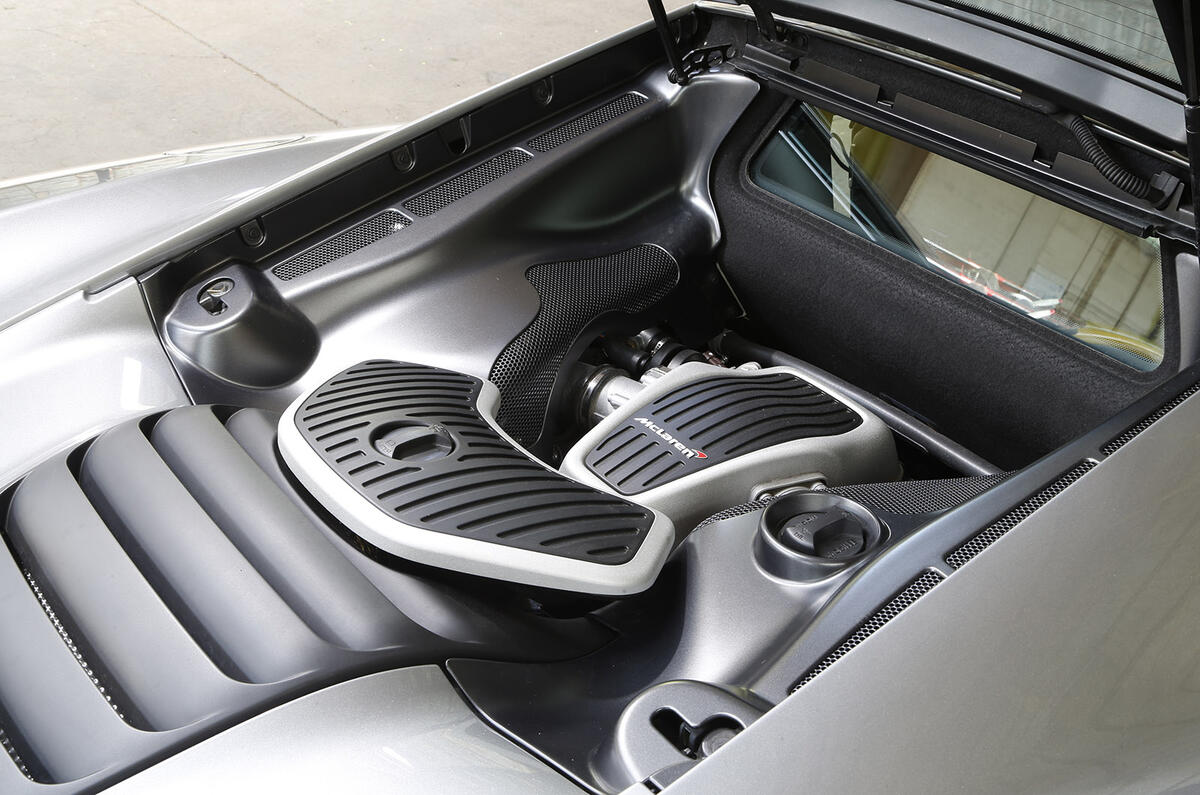
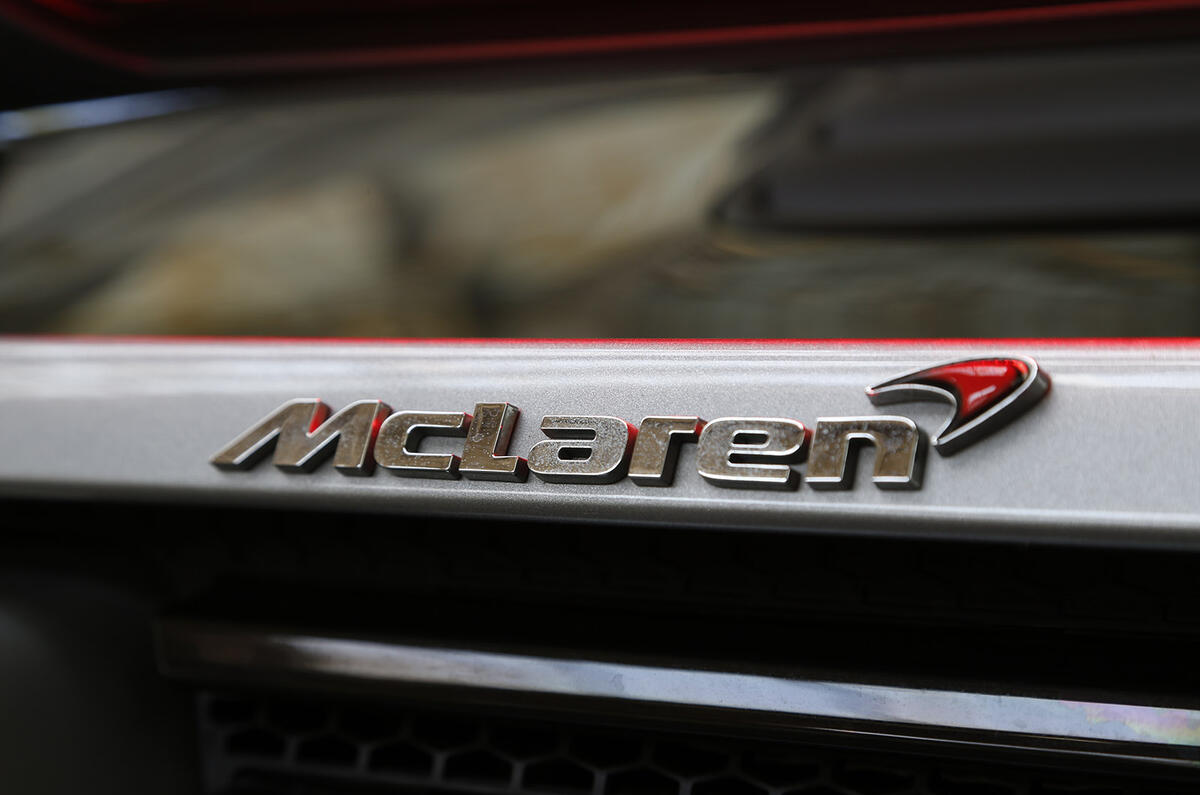

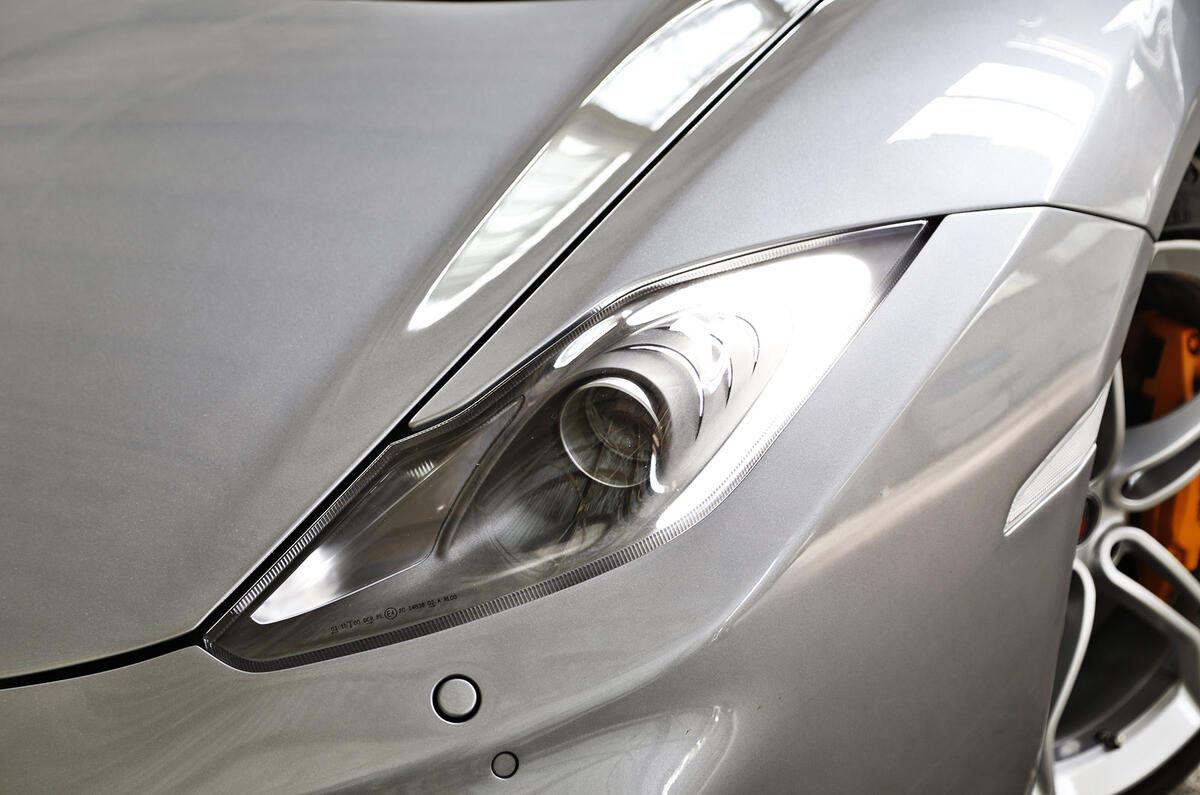
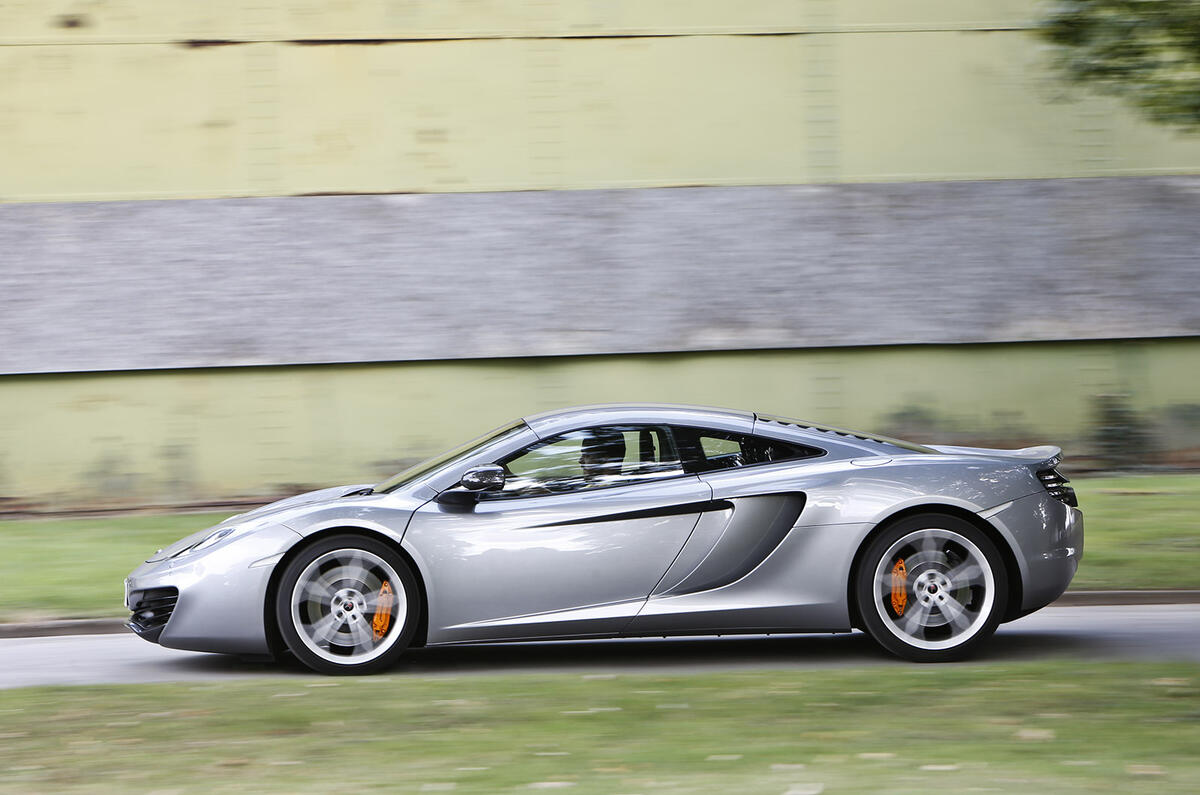
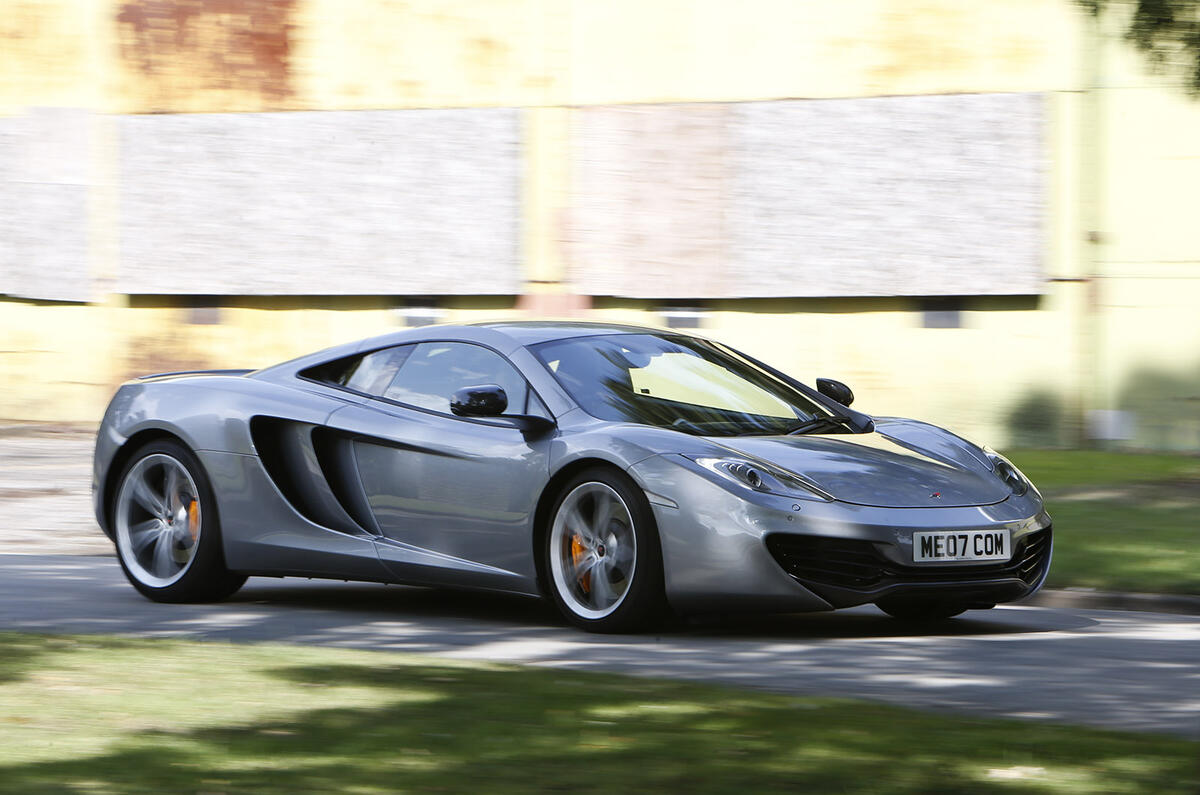
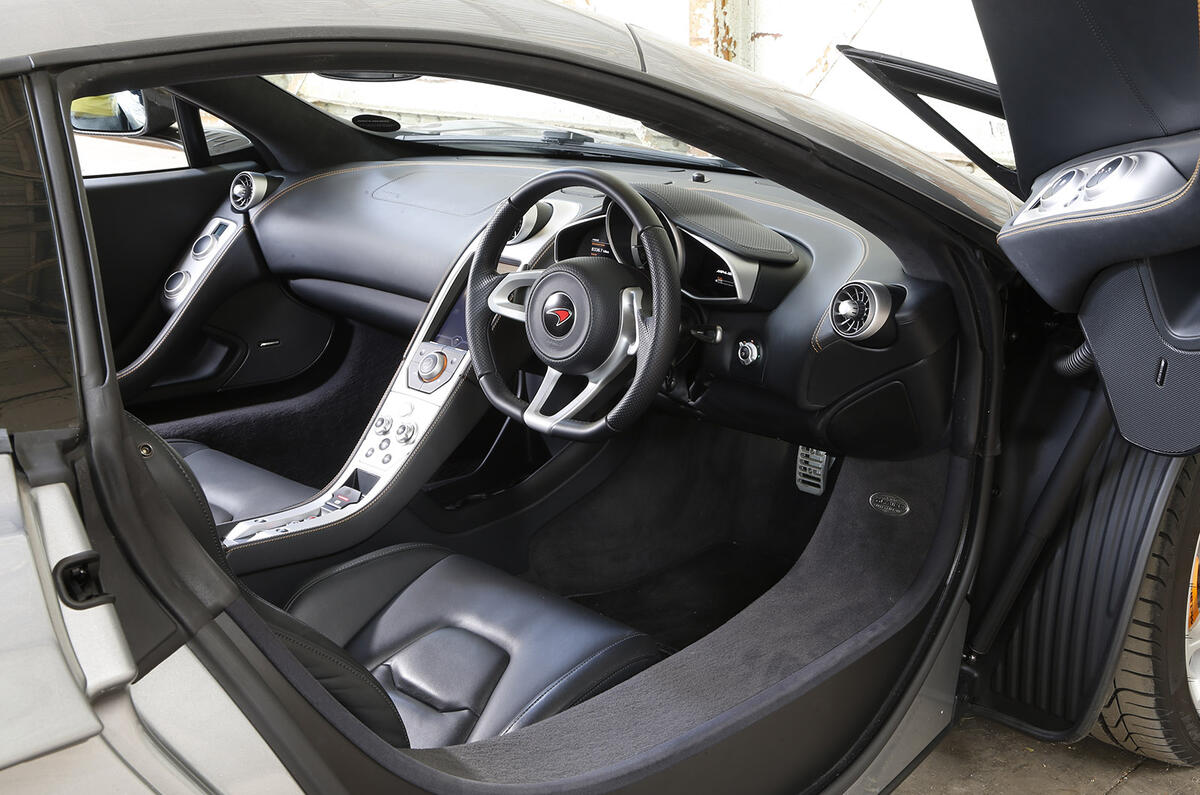
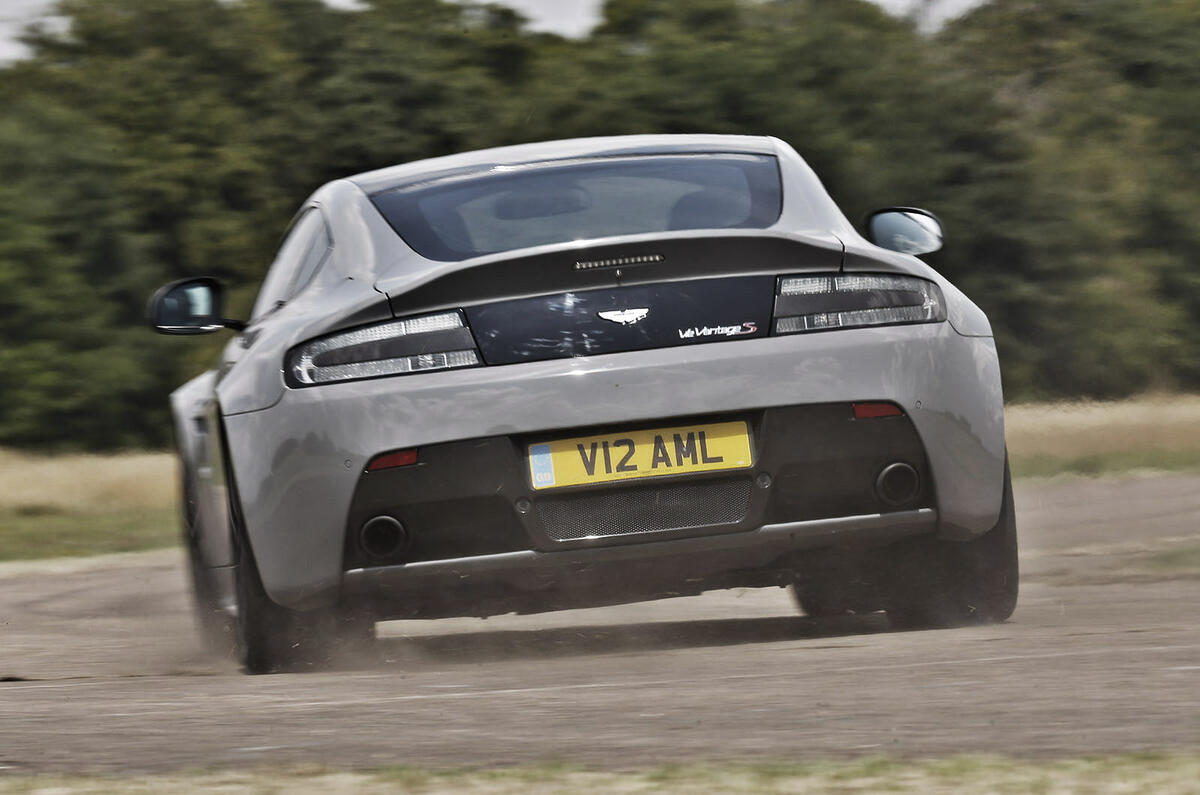
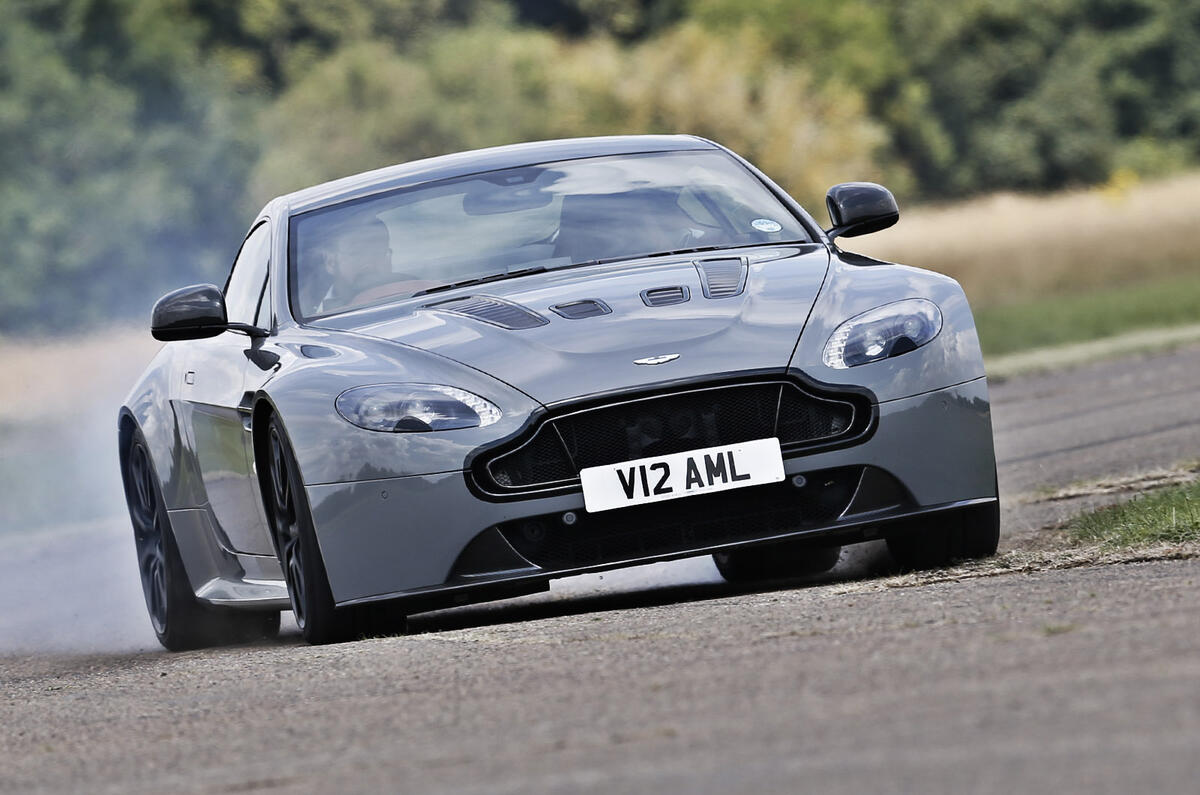



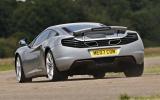
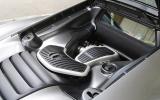

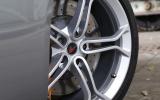
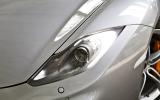
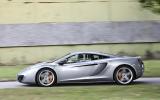

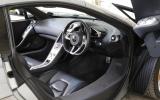
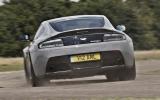








Join the debate
Add your comment
NEITHER!
Im not sure...
Aston